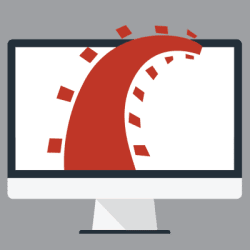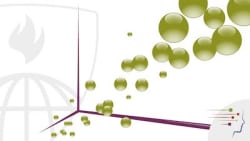Images
About this Course
In bringing about behavior change in public health, we often focus on the individual mother, student, or farmer. We should not forget the community structure and norms constrain for encouraging individual health behaviors. This course examines the community context of the changes needed to promote the public’s health. We begin by examining the various definitions of ‘community’ and the processes by which we ‘diagnose’ or seek to understand the structure and characteristics of different types of communities. An appreciation of community similarities and differences is necessary lest we fall into the trap of designing one-size-fits-all interventions. We need to recognize that no matter that outsiders may view a community as poor or neglected, we can find strengths and capacities for improvement in each community. Identifying community capacities and resources is the first step in facilitating community change. Different practical and philosophical approaches to change and therefore, examined. Specific to the change process is our recognition of the need for communities to participate in the design, implementation and evaluation of any intervention. We examine the concept of participation in an effort to see how different levels of involvement may affect sustainability of community change efforts. Finally a case study of a community participatory approach to onchocerciasis control in Africa is presented. Community Directed Intervention has subsequently been successfully applied to providing other essential primary health care services by and in the community, such as insecticide treated bednets, malaria treatment, vitamin A distribution, deworming medicines, and pneumonia and diarrhea case management.
Subtitles available in English
Instructors
William Brieger, DrPH
Professor, Health Systems Program of the Department of International Health
Bloomberg School of Public Health
How to Pass the Course
Pass all graded assignments to complete the course.
Similar resources
Johns Hopkins enrolls more than 24,000 full- and part-time students throughout nine academic divisions. Our faculty and students study, teach, and learn across more than 400 programs in the arts and music, the humanities, the social and natural sciences, engineering, international studies, education, business, and the health professions.


Rails with Active Record and Action Pack

Data Science in Real Life

Command Line Tools for Genomic Data Science

Exploratory Data Analysis

Statistics for Genomic Data Science














